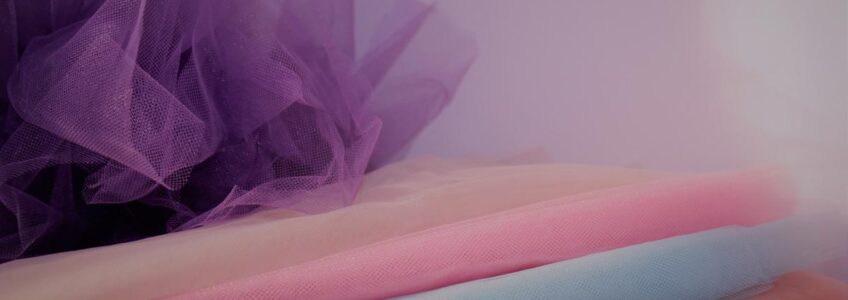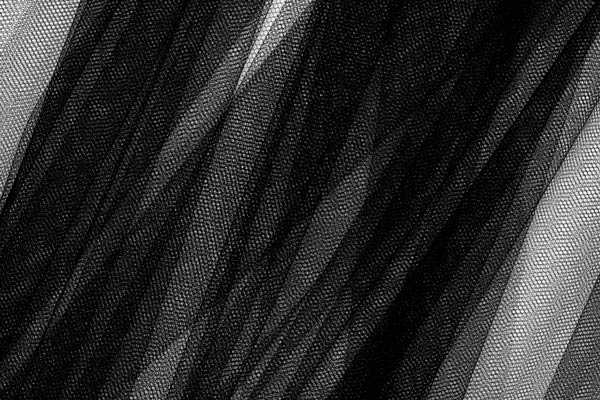Tulle is a very light fabric created from silk threads, cotton threads or threads of synthetic materials such as nylon. It is an elastic material that allows embroidery for high-quality applications and different uses in the fields of fashion, furniture and decorations.
We discover, together with Manifattura Foderami Cimmino, the secrets of tulle and the different ways to use it at its best!
Tulle: fabric with a rich history and numerous uses
The historical findings speak of a presence of tulle fabric already in Ancient Egypt and Ancient Greece, but this material is conquered the scene around the eighteenth century, in the French city that bears his name, Tulle. It was first made by hand, but it spread massively after the invention of the 1808 coil chassis.
Initially used for the finishing of hats, skirts and handbags, thetulle fabric has become a protagonist in the field of clothing and not only.
Tulle became part of the dance world when in 1832 the ballet seamstress La Sylphide chose it as a fabric to create a skirt that guaranteed perfect movements of pointed feet and that gave the idea of celestial lightness. Thus was born theromantic tutu, worn by dancers of all ages on all stages of the world.
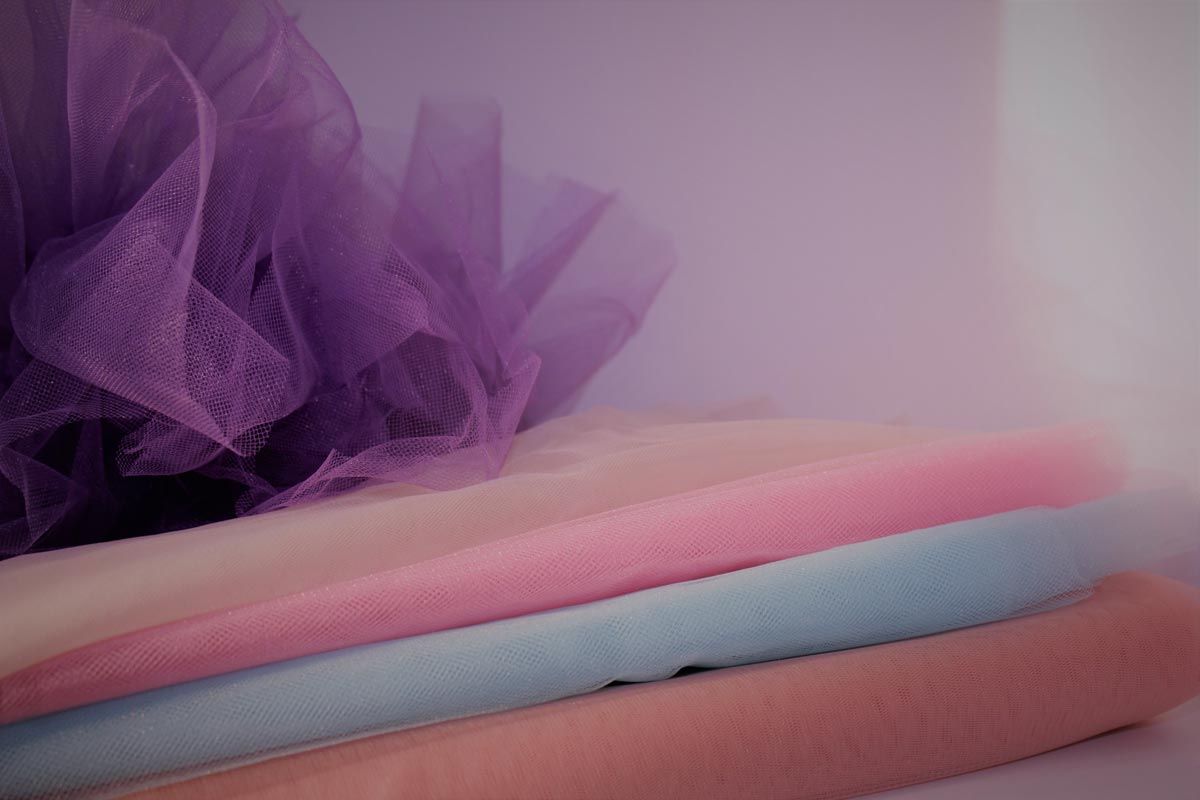
Tulle is also used to make wedding and wedding dresses, thanks to Queen Victoria of England, who decided to marry Prince Albert in 1840, wearing a tulle dress, white, elegant, ethereal, fairy tale. Since then, the use of tulle in fashion has literally exploded, just think of the beautiful creations of Christian Dior for the movie stars.
This fabric is also used in the world of furniture and in the field of decorations, especially when it comes to artistic or floral decorations, but we find it in the list of fabrics and materials for scenic settings, for theatrical costumes and hair accessories.
There are different types of tulle and, consequently, different ways to treat and package it. With rigid nylon tulle, skirts, decorative bows, hairstyles and hat veils are stitched. With the soft tulle, on the other hand, ruffles, ruffles and applications are made on elegant dresses, veils or trimmings for wedding dresses. Elastic tulle is widely used in corsetry and swimwear.
Then there is another traditional use of tulle whose origins date back to the First World War: with tulle were already made at the time of the bags for sugared almonds to be distributed at the end of the wedding lunch: The gesture symbolized the offering of a piece of the bride’s veil that should have served to share and remember the event.
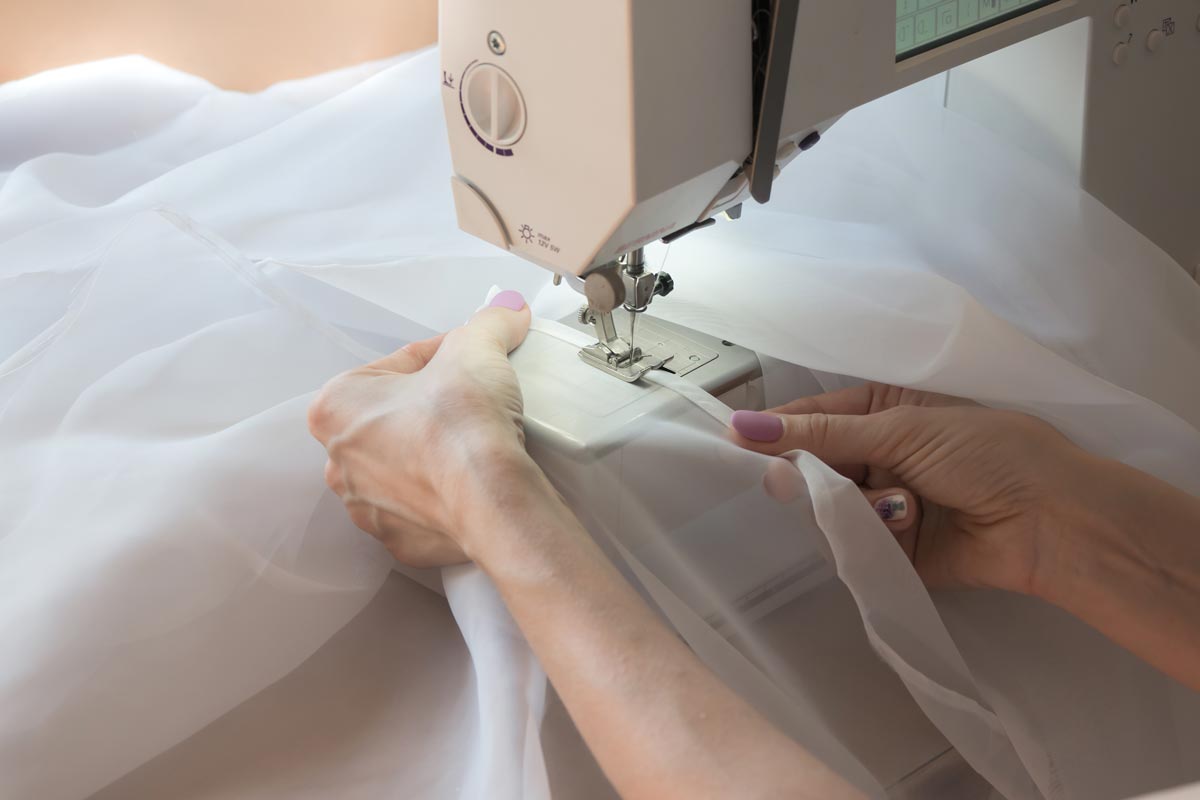
How to sew tulle
Originally, as said, it was the “tullistes”, that is, the manufacturers of tulle to work by hand this fabric through the technique of the “point de tulle”, which provided for needle filling, formed by simple or double bridles that form a regular and solid network of thin wires.
Today to sew thin fabrics such as tulleit is necessary to have a specific needle and thread, as well as a strip of paper that will be useful to give greater thickness to the fabric during the use of the sewing machine, which should be used without putting too much pressure on the tissue. Once the work is finished, it will be necessary to remove the paper from the seams with the utmost delicacy.
The best fabrics of tulle
Browsing the catalog of Manifattura Foderami Cimmino are numerous proposals of tulle for the most varied needs. Let’s find out together in detail!
Tulle Recycled
A fabric that comes from GRS certified recycled yarn and therefore meets environmental criteria in all the different stages of the production process. This tulle, very soft to the touch, is suitable for use in the clothing field, especially as a base for embroidery.
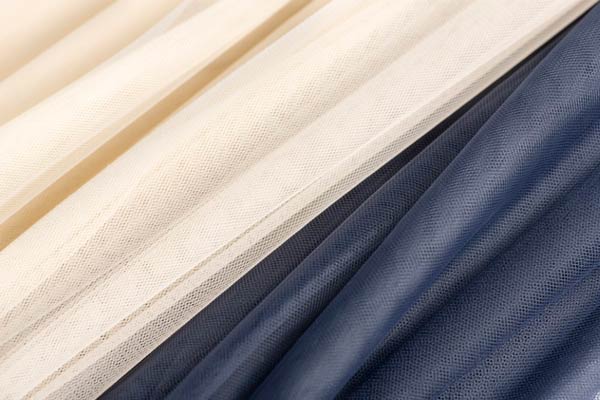
Tulle Valeria Silk Hand
Soft, light and semi-transparent, this tulle is perfect for creating wedding veils, but also to create volume under multi-layer skirts and to enhance the draping effect of the wedding dress. It is widely used in the field of evening dresses and decorations.
Tulle rigid Savoia
This fabric looks rigid and is particularly suitable for the production of wedding dresses. Available in different colours, it is widely used in different sectors with excellent results.
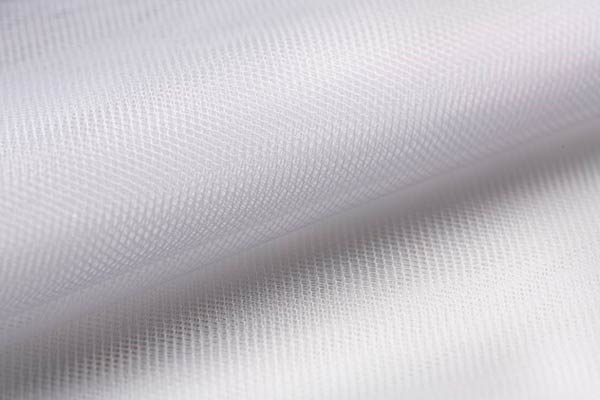
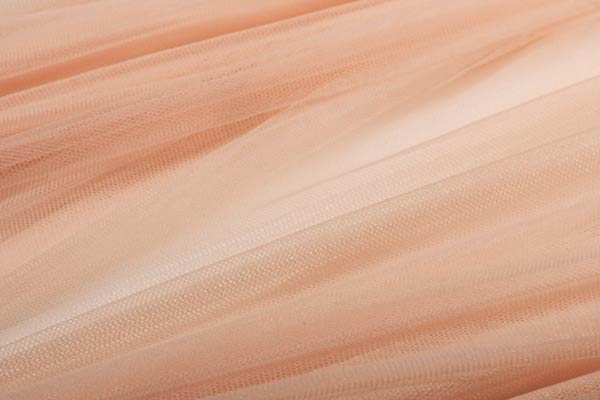
Tulle Illusion
A tulle slightly elastic and soft hand, used as a starting point for the realization of dance costumes. It can be used as a unique fabric or we find it enriched with other original fabrics and applications.
Tulle Glitter Pandora
Soft and stretch tulle enriched with glitter that make this fabric shiny when lit. For this precious feature it is used to make trendy clothing and, above all, dance dresses and costumes and for various shows.
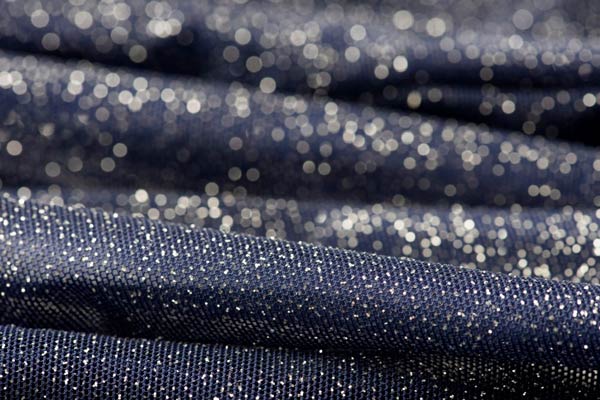
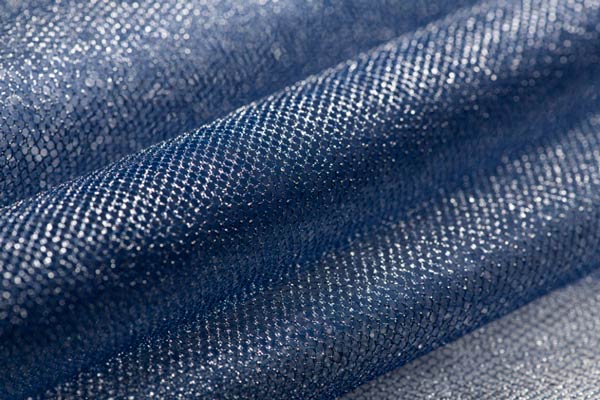
Tulle Lurex
A fabric available in different colors, both basic and trendy. The Lamination of this tulle gives a particular brilliance: perfect for creating magnificent dance tutus or to enrich other fabrics with a precious addition.
Tulle Euphoria
A semirigid and voluminous tulle, which is widely used in the clothing sector, but also in the entertainment sector: it is used in particular for the production of fashion accessories and set designs.
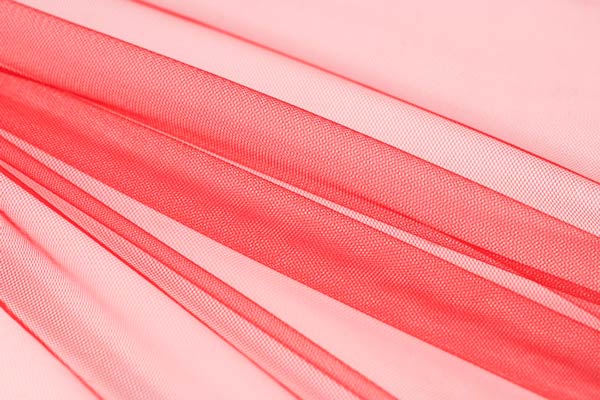
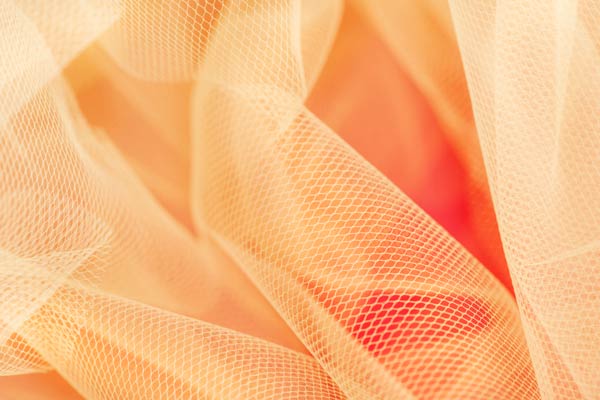
Tulle Dora
A fabric available in a wide range of colors, suitable for any use: this tulle is used in clothing, in the creation of tutu for dance, wedding dresses and decorations of any type, as well as costumes for different occasions.
Tulle Crizia Extra
A semi-soft fabric with a voluminous appearance and a light texture: it is chosen and used for the production of fashion accessories and for refined and complex scenographic settings.
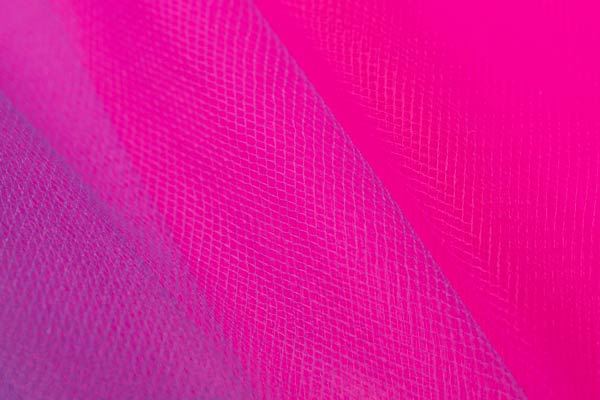
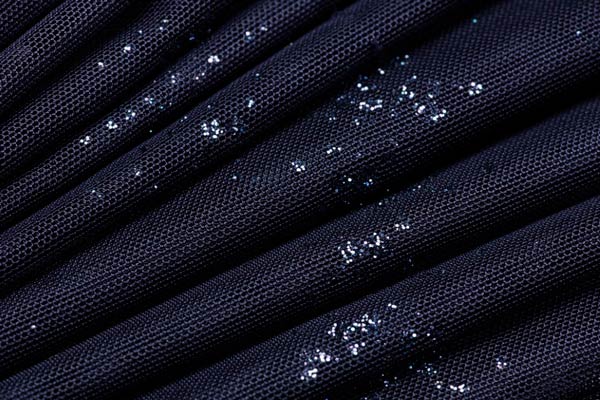
Tulle Boemia
A fabric particularly suitable for the realization of elements of clothing, such as sleeves, inserts and skirts. A very versatile tulle, characterized by elasticity and softness.
Tulle, where do you buy? The fabrics in tulle on line selected by Manifattura Foderami Cimmino are designed to meet the different needs that come from the field of clothing, furniture, decoration and wedding favors for every occasion: Choose to buy the right tulle to give life to what you want!



